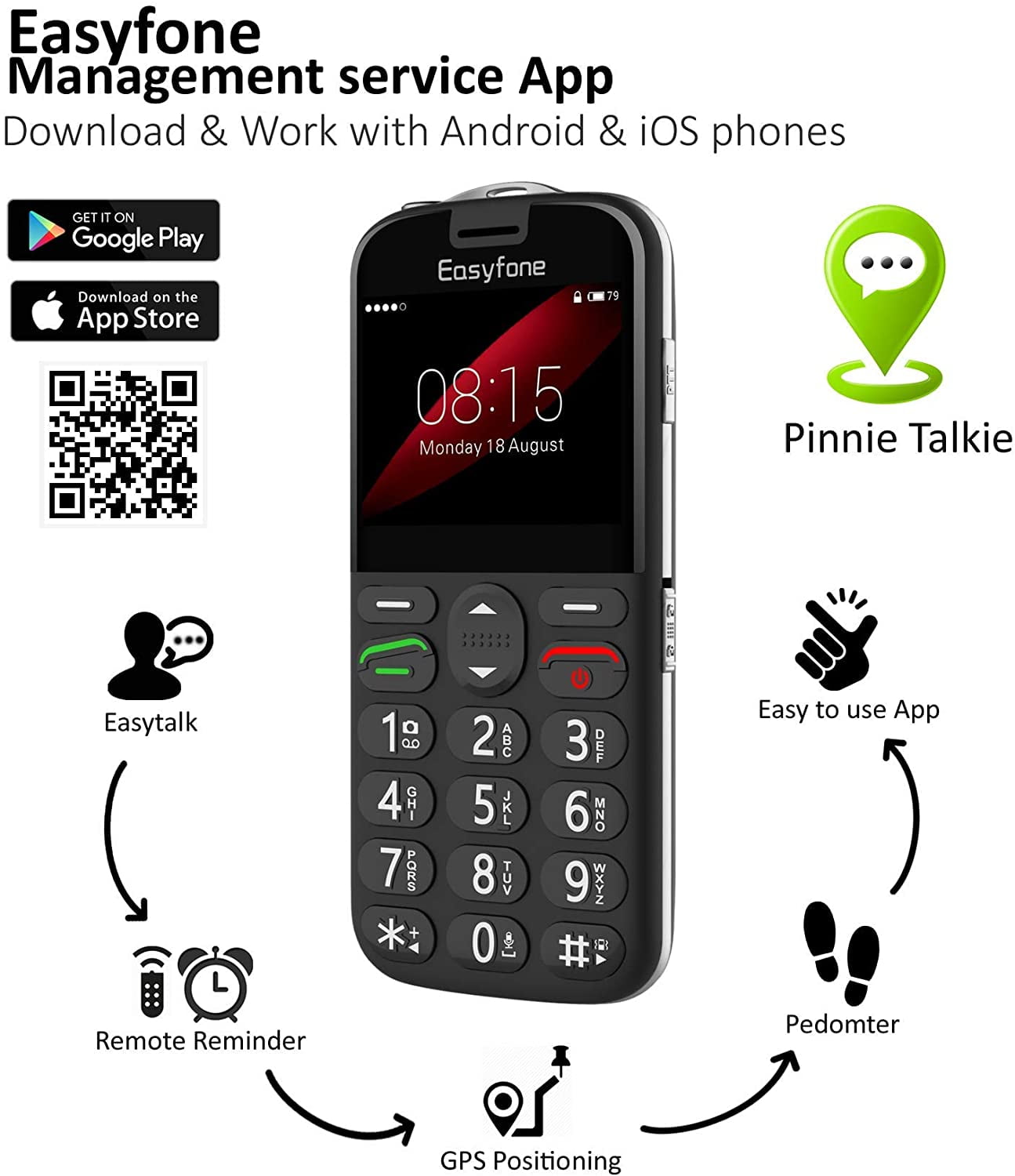

Some high-end phones capture in RAW leading to much larger file sizes. In most cases still images are stored either as jpeg or HEVC, these compress the image file size without losing any detail (loss-less compression). Higher megapixel images also ensure a higher quality image when printed, for example when printing ‘posters.’Īs a comparison, when playing back images on a television or monitor - a 4K TV has an 8.3-megapixel count while an HD TV has a 2.1-megapixel number. Higher megapixel images allow ‘cropping’ of the original without losing too much detail. Accomplished by having larger pixels within the CMOS Sensor to capture more light, contrasting with a high-resolution CMOS sensor that has smaller pixels and therefore captures less light. The desire to have more and more megapixels has slowed as manufacturers focus on the quality of those megapixels captured.

Leica resolution of the image taken by a smartphone is measured in megapixels, a higher megapixel count doesn’t always equate to a better picture. Leica optics, LED flash, HDR, (gyro- EIS), camera
#Cell phone with big aperture pro
Our Phone Specification pages have detailed camera specifications and features as shown in the Huawei P20 Pro example below:Ĭlick on the elements in the table below to jump directly to a descriptionĤ0 MP, f/1.8, 27mm, 1/1.7", OIS, PDAF/Laser AFĢ0 MP B/W, f/1.6, 27mm, 1/2.7", OIS, PDAF/Laser AFĨ MP, f/2.4, 80mm, 1/4", 3x optical zoom, OIS, PDAF/Laser AF Images are also geo-tagged with the GPS coordinates of where the image was captured if the phone has an internal GPS chipset.

These include face detection, filters, panoramic scene capturing and object identification.
#Cell phone with big aperture software
Image Signal Processor (ISP)Īn equally important part of the smartphone camera experience is the Image Signal Processor (ISP), this is part of the silicon within a smartphones chip-set/CPU and in conjunction with the phone's software and OS provides additional enhancements and special effects when both capturing images and to the pictures once captured. The capabilities of the supporting hardware and software are paramount to producing high-quality images of your chosen subject. In its purest form, smartphone photography is all about collecting photons (light) and converting them into electrons (image). Our smartphone, for many of us, has become our primary camera due to it being the one we always have with us. Today’s smartphones come equipped with a very comprehensive set of camera related specifications.


 0 kommentar(er)
0 kommentar(er)
